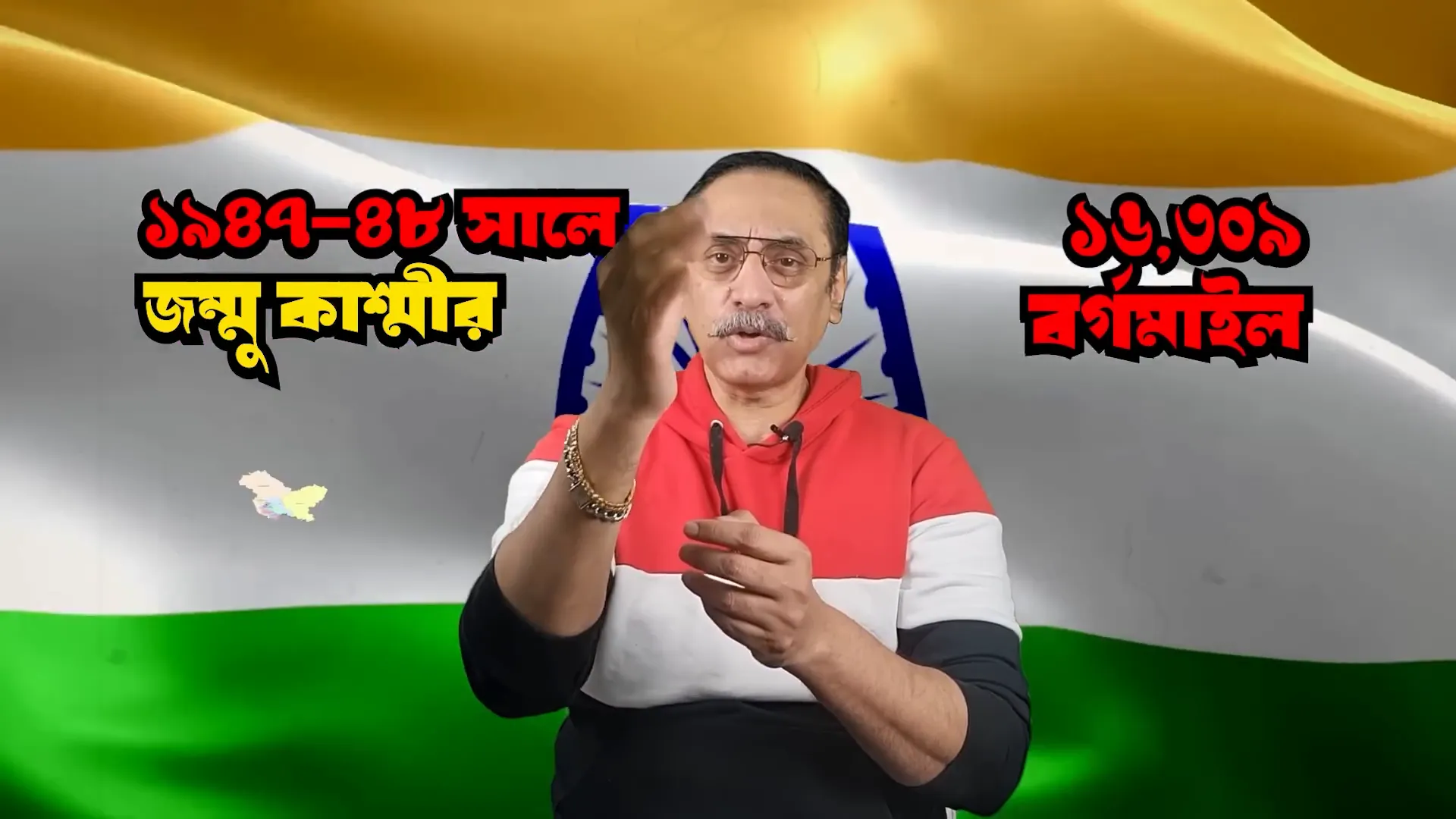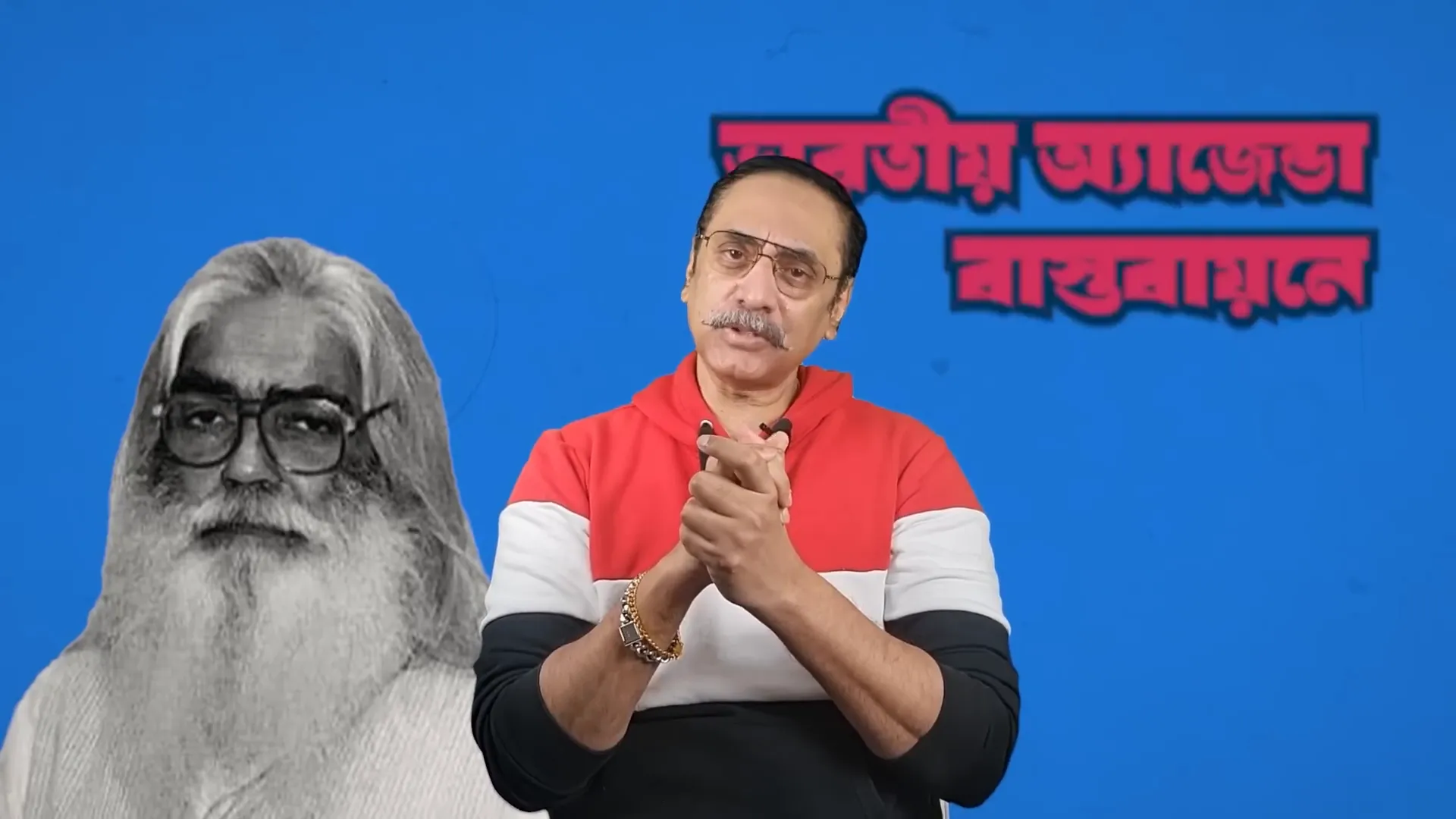
The history of Bangladesh’s liberation struggle is complex and layered, often clouded by narratives shaped by various political and media forces. In this comprehensive article, inspired by the detailed analysis provided by Pinaki Bhattacharya, we delve into the events leading up to and following the tragic 25th March 1971 genocide. This piece aims to unravel the untold truths, challenge popular narratives, and present a nuanced understanding of the political machinations, ethnic tensions, and international influences that shaped this critical period in South Asian history.
Table of Contents
- 🗳️ The 1970 Elections and the Awami League’s Victory
- ⚖️ The Power Struggle and Constitutional Crisis
- 📜 Historical Context: Dominion to Republic
- 🏛️ Federal Structure and Representation Disputes
- 🛡️ The 1965 Indo-Pak War and Military Dynamics
- 🌏 India’s Expansionist Policies and Regional Ambitions
- 🔍 The Six-Point Movement and Political Intrigues
- 🕵️ The Agartala Conspiracy Case: A Turning Point
- 🔥 March 1971: The Prelude to Genocide
- 🔫 Operation Searchlight and the Nine-Month War
- 🤝 The Role of India and Post-War Realities
- 📝 Challenging the Dominant Narrative: A Call for New Histories
- ❓ Frequently Asked Questions (FAQ) ❓
- 📚 References and Further Reading
🗳️ The 1970 Elections and the Awami League’s Victory
The foundation of the tragic events of 1971 lies in the political developments of the late 1960s and the crucial 1970 elections in Pakistan. The Awami League, under Sheikh Mujibur Rahman’s leadership, secured a decisive victory in both the central and provincial elections, gaining a majority of seats. This electoral success was a testament to the widespread support for the League’s Six-Point Movement, advocating for greater autonomy for East Pakistan (now Bangladesh).
Interestingly, many voters, including underage individuals, participated actively in the election campaigns and voting processes, demonstrating the depth of support for the Awami League. Elias Kanchan, a notable figure, humorously recounted how he personally cast numerous votes at polling stations to support the League’s cause. This widespread enthusiasm, however, did not translate into peaceful political transition.
⚖️ The Power Struggle and Constitutional Crisis
Despite the Awami League’s electoral victory, the ruling West Pakistani establishment, particularly the military and political elite, were reluctant to relinquish power. General Yahya Khan, then the military ruler, postponed the convening of the National Assembly, effectively suspending East Pakistan’s political ascendancy. This move was perceived as a deliberate attempt to block the Awami League from forming the government.
In response, the Awami League initiated a peaceful non-cooperation movement, demanding the restoration of democratic rights and recognition of their electoral mandate. However, behind the scenes, negotiations and political maneuvering failed to yield a compromise, escalating tensions between East and West Pakistan.

📜 Historical Context: Dominion to Republic
To fully grasp the complexities of the 1971 crisis, it is essential to understand the constitutional evolution of Pakistan and India post-independence in 1947. Initially, both countries were dominions within the British Commonwealth, recognizing the British monarch as the head of state while having autonomous parliaments.
India adopted a republican constitution in 1950, severing formal ties with the British Crown. Pakistan followed in 1956, but its political landscape remained unstable, marked by frequent constitutional changes and military interventions. Notably, in 1958, President Iskander Mirza, a Bengali by origin, abrogated the constitution and imposed martial law, only to be ousted shortly after by General Ayub Khan, who consolidated military rule.

🏛️ Federal Structure and Representation Disputes
One of the root causes of discord was the question of representation in the federal legislature. Pakistan’s constitution proposed a bicameral legislature with a lower house (National Assembly) based on population and an upper house (Senate) ensuring equal representation for provinces, mirroring the American federal system.
East Pakistan, with a larger population, demanded representation proportional to its demographic weight in both houses. However, political elites in West Pakistan, especially Punjab, resisted, fearing domination by East Pakistan. This impasse contributed to prolonged constitutional delays and political instability.
🛡️ The 1965 Indo-Pak War and Military Dynamics
The geopolitical context of the Indo-Pak conflict also played a significant role. The 1962 Sino-Indian War exposed India’s vulnerabilities, emboldening Pakistan to engage in the 1965 war over Kashmir. East Pakistani regiments, including the East Bengal Regiment led by officers like Ziaur Rahman, played crucial roles in defending strategic locations such as Lahore and Sialkot.
Despite military successes in defending West Pakistan, the war ended inconclusively with a UN-mandated ceasefire. The conflict intensified distrust and hardened political stances within Pakistan’s leadership, impacting the handling of East Pakistan’s demands.

🌏 India’s Expansionist Policies and Regional Ambitions
India’s post-independence history is marked by territorial expansions and military interventions in neighboring regions. From annexing Hyderabad and Junagadh in 1948 to Goa in 1961 and Sikkim in 1975, India’s assertiveness shaped regional geopolitics.
However, the international community often perceived India as a peaceful nation, overshadowing its aggressive military campaigns. This perception influenced the global narrative surrounding the 1971 Bangladesh Liberation War, where India positioned itself as a humanitarian liberator.

🔍 The Six-Point Movement and Political Intrigues
The Six-Point Movement, spearheaded by Sheikh Mujibur Rahman, outlined demands for greater autonomy for East Pakistan. However, Bhattacharya highlights that this movement was not merely about autonomy but was intertwined with Indian strategic interests aiming to destabilize Pakistan.
Figures like Sirajul Alam Khan, a student leader with communist leanings, played pivotal roles in advancing these agendas, often acting as intermediaries between Indian intelligence and local political actors. Their activities contributed to escalating tensions and laid the groundwork for the eventual conflict.

🕵️ The Agartala Conspiracy Case: A Turning Point
The Agartala Conspiracy Case was a significant episode where several East Pakistani political and military figures were accused of conspiring with India to secede from Pakistan. Despite attempts by the Awami League to downplay the case, evidence revealed the involvement of Indian agents providing arms and support for insurgent activities.
Sheikh Mujibur Rahman was named as the prime accused, raising questions about the extent of Indian involvement and the complexity of internal political dynamics. The case was eventually dropped following mass protests and political pressure.
🔥 March 1971: The Prelude to Genocide
The months leading up to March 1971 were marked by increasing violence and ethnic tensions. Awami League cadres reportedly orchestrated attacks against non-Bengali Muslim communities, including Biharis and other groups considered loyal to West Pakistan.
Incidents of arson, looting, and mass killings were documented in cities like Chittagong, Dhaka, and Brahmanbaria. These atrocities, often overlooked in mainstream narratives, contributed to the chaotic environment preceding the Pakistani military’s crackdown.

🔫 Operation Searchlight and the Nine-Month War
On the night of 25th March 1971, the Pakistani military launched Operation Searchlight, a brutal crackdown targeting Bengali nationalists, intellectuals, and civilians. The ensuing genocide resulted in the deaths of hundreds of thousands and widespread destruction.
However, Bhattacharya emphasizes that the atrocities committed by Awami League supporters against non-Bengali Muslims prior to the operation complicate the narrative of victimhood. The war that followed lasted nine months, culminating in the creation of Bangladesh.

🤝 The Role of India and Post-War Realities
India’s intervention in December 1971, justified on humanitarian grounds, was pivotal in the liberation of Bangladesh. Yet, Bhattacharya critiques this involvement as part of a broader Indian strategy to assert dominance in the region, turning Bangladesh into a client state.
Post-war, political dynamics in Bangladesh continued to be influenced by Indian interests, as seen in movements like the Bangabhumi agitation and the fluctuating relations between Bangladesh’s ruling parties and India.
📝 Challenging the Dominant Narrative: A Call for New Histories
This analysis urges a re-examination of Bangladesh’s liberation history, advocating for recognition of all facets, including uncomfortable truths about intra-community violence, external manipulations, and political conspiracies.
Bhattacharya calls for dismantling the propaganda propagated by Indian media and political actors that have shaped popular perceptions, urging Bangladeshis to reclaim and rewrite their history based on comprehensive evidence.
❓ Frequently Asked Questions (FAQ) ❓
Q1: What was the significance of the 1970 elections in Pakistan?
The 1970 elections were crucial as the Awami League won a majority, particularly in East Pakistan, demanding autonomy. However, the refusal of West Pakistani authorities to transfer power led to political deadlock and eventually the Liberation War.
Q2: How did the federal structure of Pakistan contribute to tensions?
Disputes over representation in the federal legislature, with East Pakistan demanding proportional seats, and West Pakistan insisting on parity, created a constitutional crisis that fueled regional disparities and mistrust.
Q3: What role did India play in the events leading to Bangladesh’s independence?
India supported East Pakistani separatists, provided military assistance, and intervened militarily in 1971. While framed as humanitarian, this involvement also served India’s geopolitical interests in weakening Pakistan.
Q4: Were there internal conflicts within East Pakistan before the military crackdown?
Yes, there were reports of violence perpetrated by Awami League supporters against non-Bengali Muslim communities, contributing to the complex and tragic nature of the conflict.
Q5: What is the Agartala Conspiracy Case?
It was a case accusing East Pakistani leaders, including Sheikh Mujibur Rahman, of conspiring with India to secede. The case highlighted Indian involvement and internal dissent but was eventually withdrawn due to political pressure.
Q6: Why is there a call to rewrite Bangladesh’s history?
Because prevailing narratives often omit or distort facts, especially regarding pre-war violence, Indian influence, and political conspiracies. A more balanced history is necessary to understand the full scope of events.
📚 References and Further Reading
- Last Days of United Pakistan by Golam Chowdhury – An insider’s account of Pakistan’s political turmoil.
- The Departed Melody by Chakma Raja Tridip Roy – Eyewitness accounts of violence in Chittagong Hill Tracts.
- Research by Sisson and Rose on Pakistan’s constitutional history.
- Archives of Newsweek and other international media from 1971.
For those interested in exploring the detailed narratives and analyses, Pinaki Bhattacharya’s work and related documentaries provide a comprehensive resource. Understanding the past with all its complexities is essential to building a more informed and united future.
Inquilab Zindabad!
This article was created from the video ২৫ শে মার্চের আগে ও পরে || Pinaki Bhattacharya || The Untold with the help of AI.